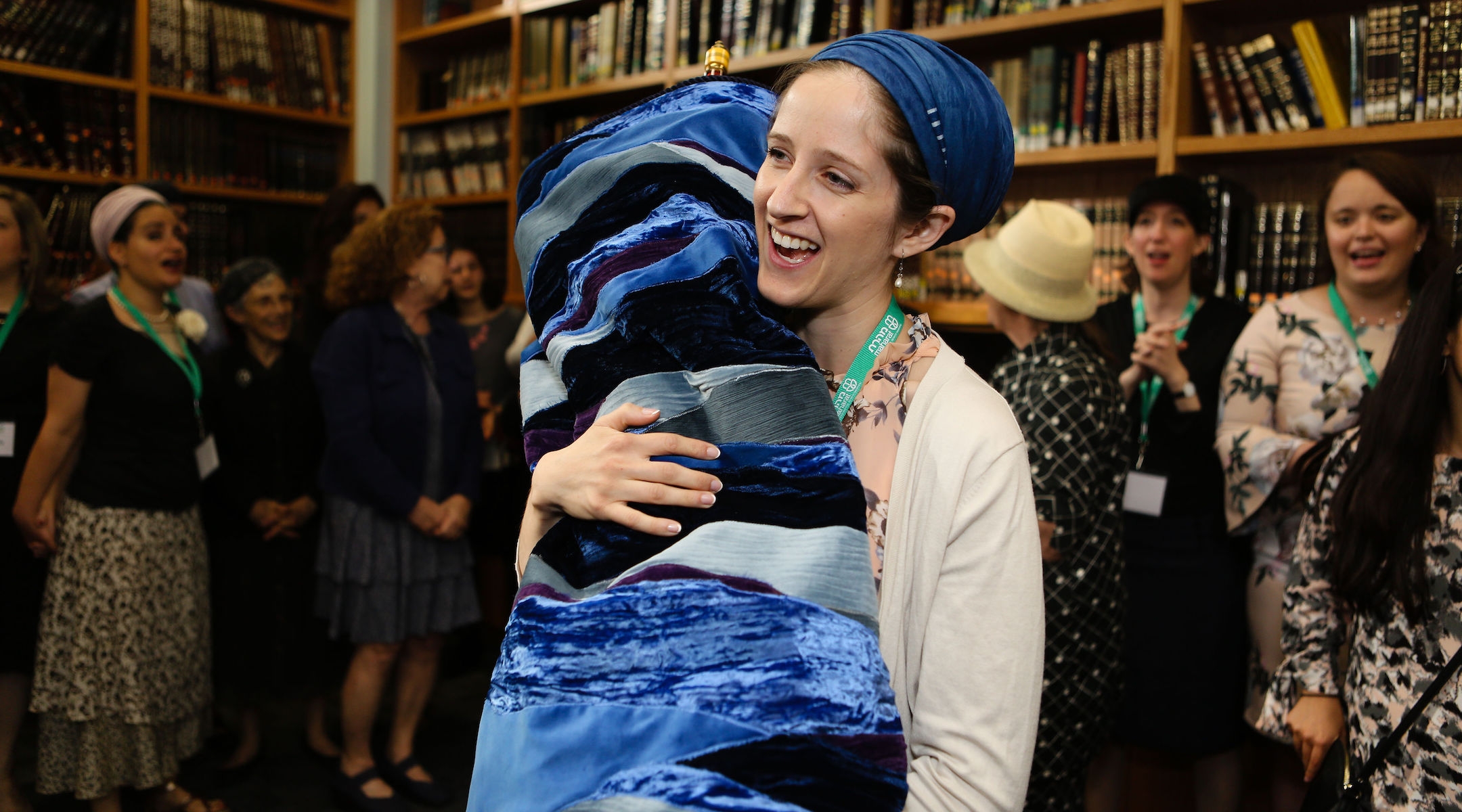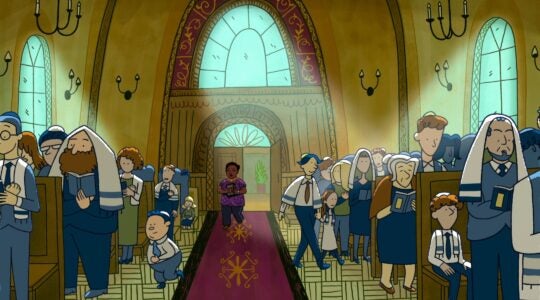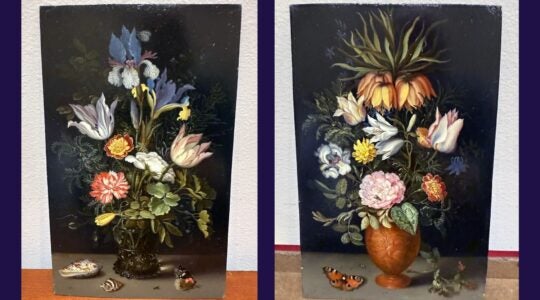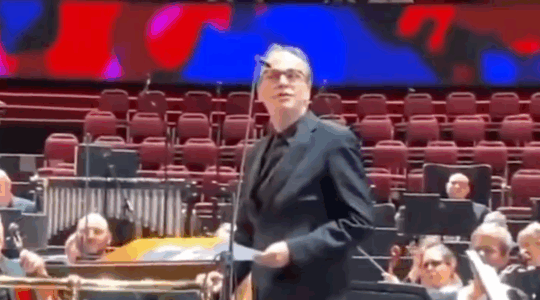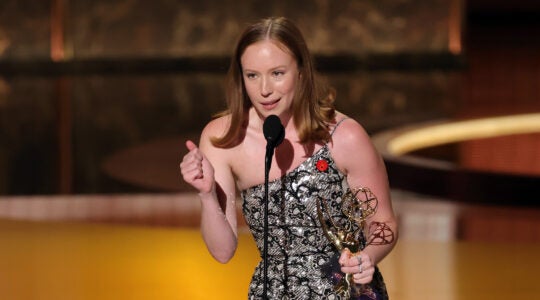(JTA) — When Danielle Kranjec committed to using only Jewish texts written by women and queer people in the classes she taught for Hillel International’s Springboard Fellowship, a program that places recent college graduates in positions at college campus Hillels across the country, she knew she was taking on a challenging task.
After all, for most of Jewish history, women weren’t encouraged to take on religious leadership roles or write commentaries on the Torah or Talmud.
But Kranjec knew that elevating the work of women would be worth the effort, both because doing so would communicate the value of women’s insights to her students and she believes the mismatch between the diversity of the people teaching Torah today and the sources they teach had grown too great. Also, as a Jewish educator and trained historian, she knew there were a plethora of texts that might not be considered “Torah” in the traditional sense but could serve as rich source material.
Much of the time, those who assemble materials for Jewish study sessions — commonly known as “source sheets” — start with the Torah text, working their way to the rabbinic texts, the Mishna and Talmud, followed by commentaries on texts written over a span of more than a thousand years. Men wrote the vast majority of those texts.
“I’m trying to do something different, to start in the lives of women and then follow the Torah that emerges from that,” Kranjec said, noting her love for the memoirs of Gluckel of Hameln, a 17th century Jewish woman whose autobiography is an important primary text for Jewish historians.
Two years later, Kranjec’s name is now synonymous with a growing movement to advance women’s voices in Jewish text study. The Kranjec Test, coined by her colleagues at Hillel International, calls on educators to include a text written by someone who is not male on any source sheet including at least two Jewish texts.
Along with other initiatives to encourage more women to publish Jewish religious writing, the test is shaking up the world of Jewish study and calling attention to the ways in which women are still not equally represented in positions of authority in the world of Jewish text study.
The Kranjec Test is inspired by the Bechdel test, in which a work of fiction or film passes if it includes a conversation between two female characters about something other than a man. That test has become well known after being invented by cartoonist Alison Bechdel in 1985, though according to The Hollywood Reporter, approximately half of the top-grossing 25 movies that came out in 2016 did not pass the test.
But the Kranjec Test is perhaps more challenging because unlike fiction and film, Jewish study largely revolves around texts written long before the modern feminist movement.
Still, in recent years, traditional text study has ceased to be the exclusive domain of men. Women have taken their place among the most well known and respected Torah teachers today, teachers and activists for feminist causes in the Jewish world say, leaving the texts themselves as the next frontier. So in addition to focusing on the people who are visible in positions of authority today, Jewish educators are going to the source material, trying to right the balance between representation of men and women in the texts they are teaching.
“If the leadership and the ‘no more manels’ is top down, this is more grassroots,” Kranjec said.
The test has adherents among Hillel educators and is spreading among educators at pluralistic institutions of Jewish learning. It’s recently been the subject of debate among Jewish educators on listservs and in heated social media discussions.
Holding oneself accountable for including women’s work even in traditionally male domains such as halacha, or Jewish law, carries a benefit, according to Elana Stein Hain, scholar in residence and director of faculty at the Shalom Hartman Institute, where she leads a research group that focuses on issues of gender and leadership in the Jewish community. By bringing in sources written by women that are less directly related to the subject being taught, “what you’ve done is actually elucidated and expanded the way we understand these earlier ideas,” she said.
But not everyone who wants to see more women’s voices in Jewish text study believes the test is a good idea.
“It’ll create a sort of impression that a woman who finds her way onto a source sheet hasn’t done so because she is brilliant and erudite and profound but because of this positive discrimination,” said Gila Fine, editor in chief of Maggid Books, an imprint of Koren Publishers in Jerusalem.
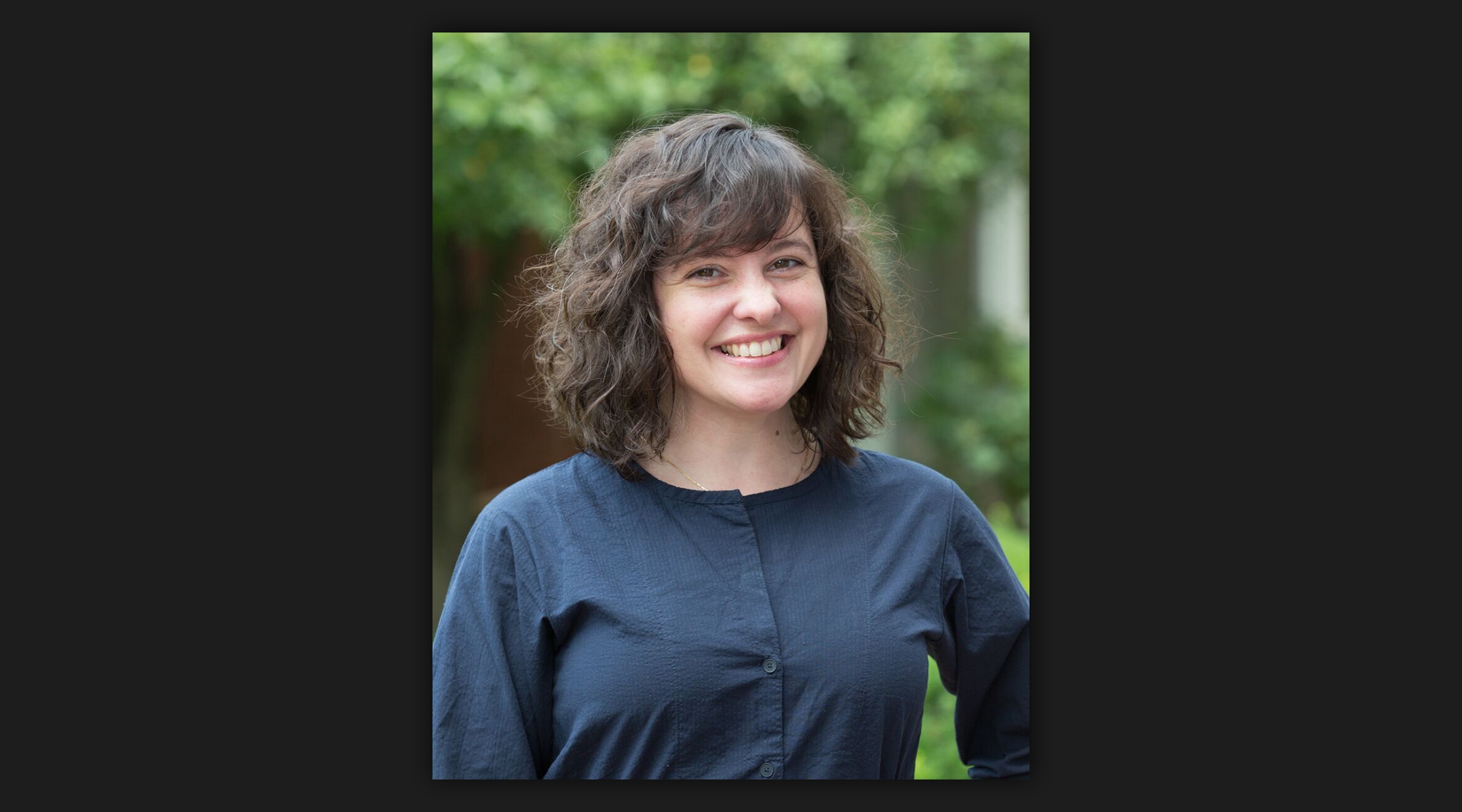
The Kranjec Test was named for Danielle Kranjec who took upon herself to teach only sources written by women and queer people. (Courtesy of Danielle Kranjec)
Fine said she almost always includes women on her source sheets in teaching at the Pardes Institute in Jerusalem — but that’s because doing so is relatively easy in the subject she teaches, aggadah, which includes stories from the Talmud.
“Women have earned their place fair and square in the world of aggadah,” Fine said. “They’re two steps behind in the world of halacha, and they’ll get there, but creating that shortcut will hurt them in the long run.”
In a blog post from September, Rabbi Micha’el Rosenberg, a professor of rabbinics at Hebrew College, wrote about his own difficulty in finding a suitable woman-authored text to use in a class centered on a rabbinic text. Rosenberg eventually included a piece by the modern poet Mary Oliver and wrote that it “brought new meaning and depth to the source” that he would not have found had he limited his sources to premodern ones.
“The historical exclusion of women from Torah study was not only hurtful to women (though that would be enough reason to want to remedy it); it also hurt Torah,” he wrote. “Because of the loss of people with different experiences and perspectives, the Torah is haseirah, it’s lacking, it’s not its full self.”
To Fine, what’s needed are more and more diverse religious texts written by women. Maggid has made publishing books by women teachers a priority, she said, and in recent years has brought to print books by Erica Brown, a popular lecturer and a professor at George Washington University; Rachel Berkovits, a lecturer at the Pardes Institute; and Nechama Price, the director of Yeshiva University’s graduate program in Talmud for women. In the past few years, three books of traditional halachic responsa, answers to Jewish legal questions, written by women have been published, including one by Maggid, constituting what Fine calls “a huge step in the right direction for women.”
But Fine said she often finds herself having to convince women teachers that their work is good enough to publish or that they are ready.
“I will get many, many manuscripts by a man in his 20s who has written a book about Genesis or Maimonides, something as grandiose as that,” Fine said. “Conversely … when I have actively approached women who are established and brilliant and profound and nuanced in the Torah that they do and I say I think you’re great and should be writing a book, more often than not the response I get is ‘I don’t think I’m quite ready.’”
Users of Sefaria, an online database of Jewish texts that allows one to see hyperlinks between texts in a side-by-side format, also want to see more texts by women. Sara Wolkenfeld, Sefaria’s director of learning, said it’s not uncommon for users to complain that there aren’t enough texts written by women in the site’s database.
“That’s not a Sefaria problem,” Wolkenfeld said. “That’s an issue with the history of Jewish texts.”
The site is taking steps to change that history. Along with Yeshivat Maharat, a Modern Orthodox yeshiva in New York City that ordains women, Sefaria is launching a fellowship to encourage Jewish women to put their ideas onto the page. The program will provide training and stipends to 12 women who will each write an article, book chapter, legal opinion or other form of Torah text.
“We want to create a space for women to say, no, I do have something to contribute and I can do that work and I can put it out there,” Wolkenfeld said.
Fine said the initiative is a welcome addition to a space that is slowly but surely beginning to change in ways that could reshape the idea of who gets to create Torah.
“It’s still individual attempts,” Fine said, adding that with time, “these trickles will become a current.”
Several women advocating for increasing representation of women in Jewish text study have struggled with the idea that Torah texts written by women would be inherently different from those written by men. Even so, Stein Hain argued, it would be worth including them to expand the quantity of texts available to learn from.
“I’m not sold on the idea that a woman’s take is going to be different but I am sold on the idea that we shouldn’t be limiting the voices to male voices,” said Stein Hain. “You’re missing out on more people having good ideas about Torah.”
Efforts to increase the volume of texts by women that are part of the Jewish library may never lead to actual parity — there’s only so much that can be accomplished by modern women adding their own scholarship to the collected works of thousands of years of male scholars.
“On the ‘mikraot gedolot’ page, we’re always going to have the same people,” Kranjec said of the classic medieval rabbinic commentaries traditionally printed alongside the text of the Torah. “That’s not really going to change because of our extensive, beautiful, wonderful long, complicated, patriarchal textual tradition.”
But if they can’t catch up, Kranjec argued, modern teachers have to make space for them on the pages of their source sheets, both through newly published scholarship and by mining the tradition for places where women’s voices have shone through.
“I need us to learn Gluckel in conversation with 17th century Jewish thought, I need us to read other early modern poets … I need all of that to be a part of the conversation and modern writers, too,” she said.
In summary, she added, “I want all of it.”
JTA has documented Jewish history in real-time for over a century. Keep our journalism strong by joining us in supporting independent, award-winning reporting.
